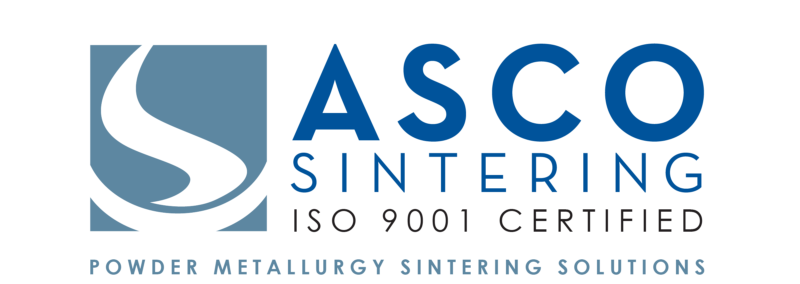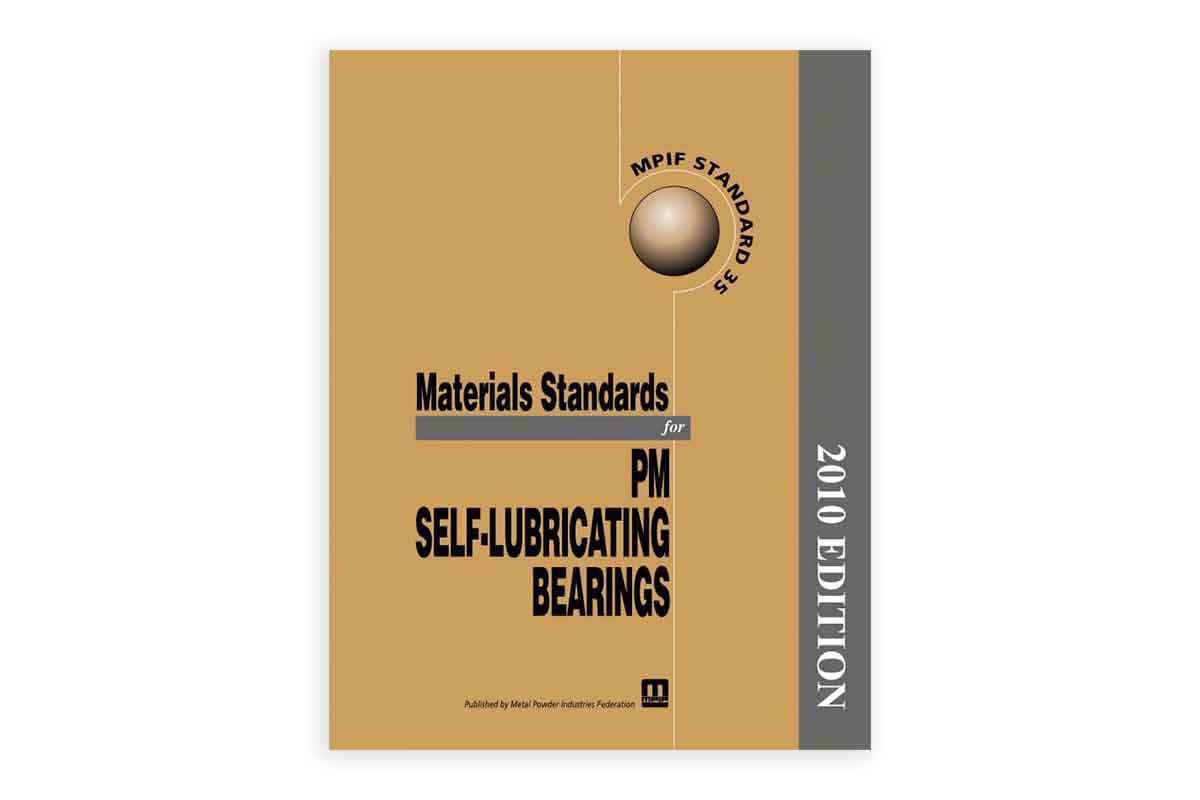- Higher Tensile strength
- Greater Impact & Fatigue resistance
- Better elongation
- Improved pressure tightness
“HI-IMPAC process innovation produces parts to near full density”
THE IMPORTANCE OF DENSITY:
Conventional Powder Metallurgy is also known as mold and sinter. It is a process that produces economical net shape parts that can subsequently be machined, heat treated and plated. Inherent in the process, however is retained porosity. Density is the inverse of porosity and it is the key PM performance characteristic. Properties and characteristics that improve as density increases include tensile strength, hardness, pressure tightness and machinability. However, retained porosity can have a detrimental effect on dynamic properties such as elongation, fatigue strength and impact resistance (toughness). Additionally, when parts are heat treated for higher tensile strength and hardness, that elongation and impact resistance are further reduced. (This is true for all materials, not just PM) From a part performance perspective this combination of properties has, in some cases, prevented PM from performing well in certain highly stressed applications.
CUSTOMIZING THE PROCESS:
The PM manufacturing process is ideal for customizing. Process variables such as specialized chemistries, compaction(density and pressures), sintering (time, temperature and atmosphere) and post sintering operations such as infiltration coining or sizing (re-pressing) and heat treatment can be tailored to provide optimum part performance.
PUTTING THE TWO TOGETHER:
In 1987 ASCO, recognizing these facts, began collaboration with a world class raw material supplier to develop a proprietary high performance line of Steels known as “HI-IMPAC”. Three types of HI-IMPAC are available and all provide superior tensile strength, elongation, hardness and impact properties. A summary of the material properties is shown below:
| Tensile Strength (psi) | Elongation (%) | CHARPY Un-Notched Impact (ft-lb) | Hardness – Typical (micro/macro) | |
|---|---|---|---|---|
| Type I | 150,000-165,000 | 1-2 | 12-16 | Part RC 55 App RC 40 |
| Type II | 126,000-138,000 | 3-4 | 30-40 | Part RC 30 App RC 23 |
| Type III | 90,000-96,000 | 7-8 | 100-130 | Part RC 20 App RB 90 |
It should be noted that in all three cases the Typical Density is approximately 7.7 g/cc. In some cases impact properties are up to (10) times greater than Standard 35 properties. Please note that these properties were established from special test specimens and not actual parts themselves. From a mechanical properties perspective these materials compare quite favorably to parts made by casting, forging or machined processes. The HI-IMPAC process innovation is very stable and consistent with all (3) types at near full (96 %+) theoretical density. The HI-IMPAC process has the added benefit of providing superior dimensional control throughout processing. Parts made by HI-IMPAC also allow induction or flame hardening in air without oxidation of the internal structure. In lieu of heat treatment, with the surface porosity minimized, case hardened depths can be clearly defined which results in a wear resistant surface and a “tough” internal core.
The HI-IMPAC process makes it possible for ASCO to consider highly loaded Gear and Power Train components for automotive, appliance, power tools, lawn and garden and many other applications.





